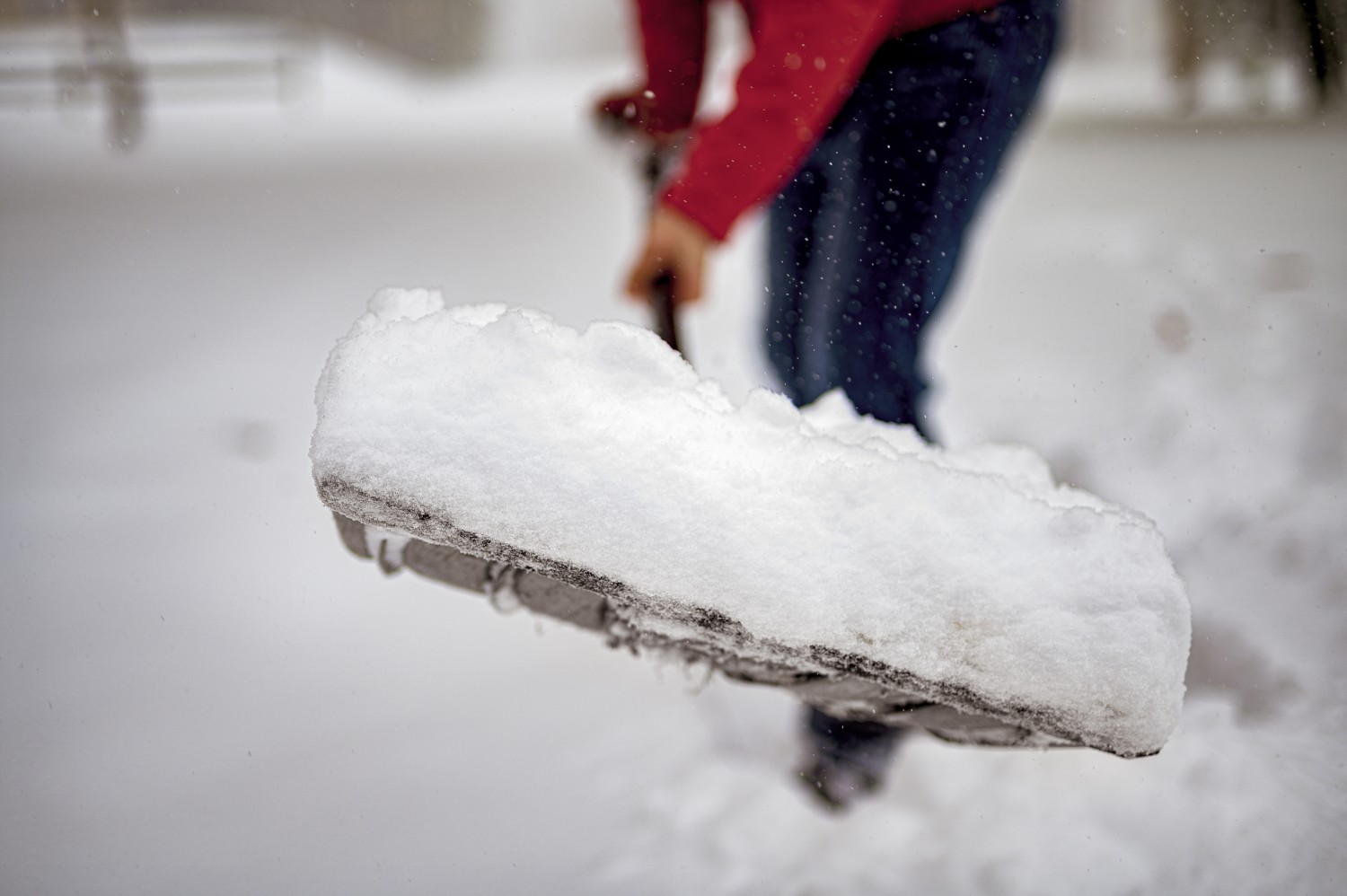According to insurance industry research, an average of 14,000 people per day experience a water emergency — like basement flooding — in their home or business and 98% of basements will suffer water damage at some point. Repairs can cost thousands, and the water flooding into a basement can damage priceless items that are stored there.
Melted snow and ice can result in more water than a home can handle, leading to expensive and destructive basement flooding. Taking action to prevent it can save time, money and grief.
Problems Caused By Basement Flooding
Basement flooding from snowmelt occurs when piles of snow around a building’s foundation thaw, especially when outside temperatures increase quickly. The water soaks into the ground and can seep into basements or crawlspaces. If melting snow and ice are combined with spring rain, the accumulating water can be even more hazardous.
Water seeping into your home can lead to dangerous mold, rotting wood and significant structural damage. Flooding in a finished basement can damage flooring and drywall, and personal belongings may be damaged beyond repair. You could also experience clogged drains and electrical issues. Filing a claim for basement flooding can increase your insurance premium, too.
Ways To Prevent Snowmelt Flooding
There are various ways to prevent basement flooding from snowmelt as the winter temperatures give way to the springtime thaw. Here are a few proactive things you can do to make sure your basement and the items that are stashed there stay dry during this transitional season.
Move items out of the basement. Keep an eye on the weather forecast when snow is on the ground. If you notice that there’s a chance the snow will thaw — and especially if there will be a drastic increase in temperature — take the preemptive measure of moving valuable items out of the basement. Even placing items on shelves could provide a level of protection.
Don’t allow snow to build up around your home. When shoveling your sidewalks and driveway, take some extra time to clear the drifts blown by the wind against your house. Shoveling away smaller piles regularly is much easier than trying to heave off massive mounds right before the weather warms up. It helps to know that every cubic foot of snow is equivalent to between 2 and 3 gallons of water when melted. Clear off snow and ice from the roof and overhangs as well.

Clear out debris from gutters. Clogged gutters can cause water from melting snow and ice to spill over and then stand along your foundation walls. Make sure that the gutters are draining properly and that water is falling several feet from the foundation to a well-drained area. According to North Dakota State University Extension, a 1,000-square-foot roof with one foot of snow depth across the roof can produce approximately 2,500 gallons of water. So, you definitely want all that water to drain properly.
Fill in any cracks in the basement. Look for cracks in the basement walls, around windows and throughout the foundation. Filling small cracks with epoxy and applying caulk around any windows can prevent water from seeping into the basement. Larger cracks may require professional attention, which can be costly but would be worthwhile in the long run.
Make sure your sump pump is working. If you have a sump pump, test it to be sure it is working properly by pouring a bucket of water into the sump pit. The pump should automatically start pumping the water away. If it is not working correctly, dirt and sediment could be causing the float to become stuck, so unplugging and cleaning the float could resolve the issue. If you don’t have a sump pump, investing in one sooner rather than later can make the difference between having a flooded basement and having a dry one.
Prevent pipes from freezing. Finally, take measures to keep your pipes from freezing, as a frozen pipe can easily break, leading to flooding in the basement and elsewhere in your home. If you find standing or leaking water at any point, immediately seek out the source and make repairs.
This story originally appeared on Simplemost. Checkout Simplemost for additional stories.


